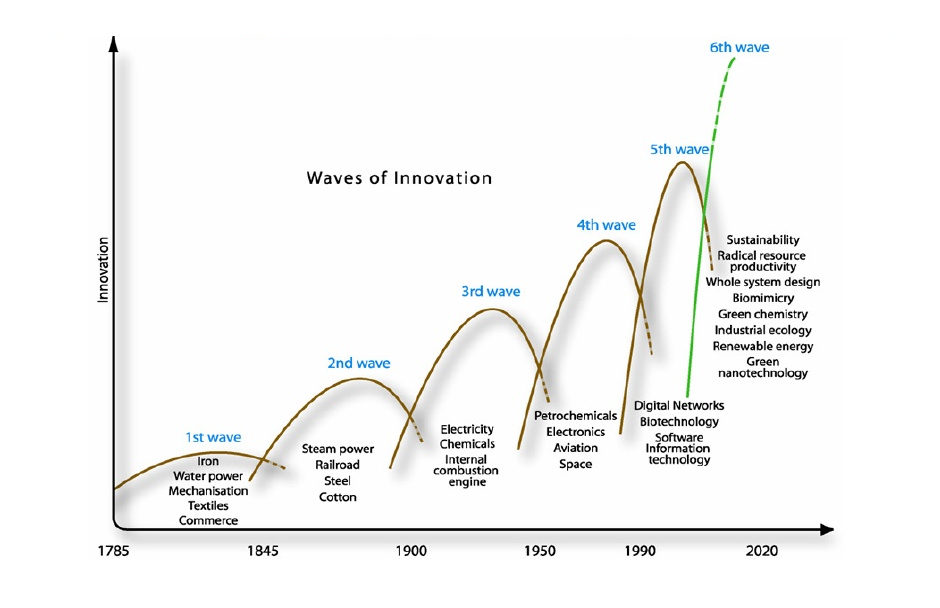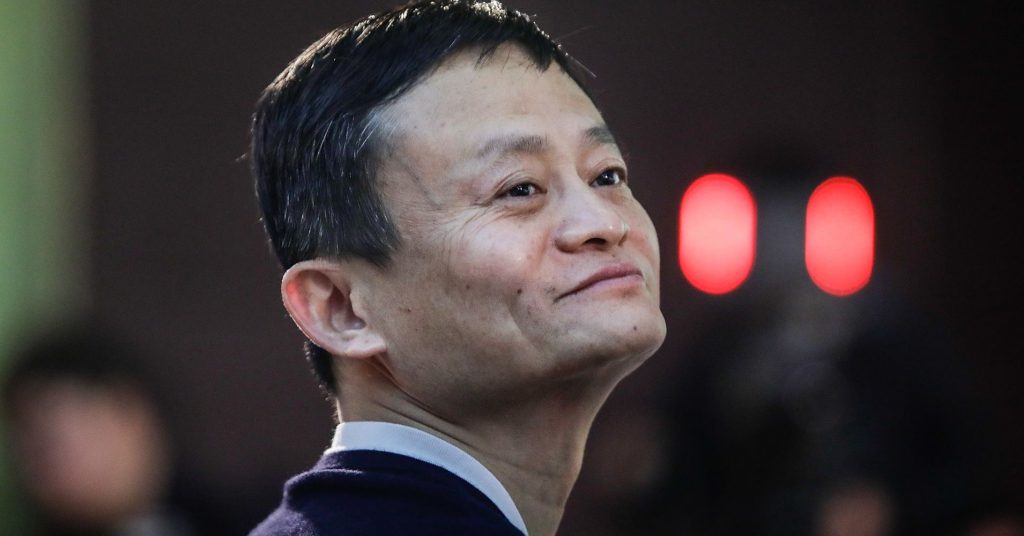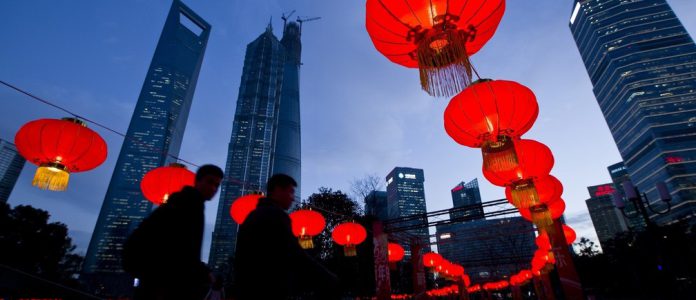Chinese businesses are no longer producing cheaper versions of international products. They are competing on the world stage leveraging the economies of scale reached in their home markets. In doing so, they are exporting strategy and execution models that may find many Western companies ill prepared. Three factors contribute to their success:
- hyper-innovation cycles that foster the constant morphing of businesses
- a risk-taking attitude that allows for quantum jumps into new markets
- a massive transformative purpose.
HYPER-INNOVATION
if you plan, you lose…
if you do not plan, you win
Meticulous planning is not a characteristic of successful Chinese entrepreneurs. They do not seek to have all the answers to the many problems they face. Instead, successful companies excel at three practices:
- Continuously adapting their strategy and execution to seize new opportunities.
- Pushing forward, taking risks, and reshaping their products and services based on continuous customer feedback.
- Constantly searching for new advantages. Small ones that allow them to get ahead of immediate competitors. Bigger ones that enable them to become the dominant force in new markets.

Cycles of hyper-innovation are not only the prerogative of digital businesses. Hardware companies such as Lenovo, Xiaomi, and Huawei, have been fiercely competing. They do so by releasing dozens of new products a year, sometimes even weekly.
The underlying principle made by Chinese entrepreneurs, and by many established Chinese companies, is that they can never remain idle. It is continues change or death by a hundred copycats. There is no time to declare yourself successful. Rivals move as fast as they can, and any advantage is very short-lived.
The only constant is to “constantly change”, within a specific area, as well as across the board – i.e. from products, to services, technology, organisational structures, behaviours, service models, go-to-market strategies, to the very essence of their business model.
Their best way to identify new opportunities is to look for obstacles. To embrace problems and challenges. In the work of Jack Ma, obstacles are an entrepreneur’s best friend. In addressing African entrepreneurs in an event organised by the Alibaba Business School in August 2018, he refined this thought: “when I started, I had the same questions people are asking you now: how can Africa have internet companies? How can you do e-commerce? You don’t have credit cards, you don’t have government support, you don’t have anything. That is the opportunity. Go build up on this”.

CONSTANT MORPHING AND QUANTUM JUMPS
Continuous adaptation and innovation translates into the “constant morphing” of all business activities, enabled by the dynamic allocation of resources. To seize a new opportunity, many Chinese companies do not hesitate to:
- Quickly draw resources from other existing business to accelerate the development of new products or services.
- Reshuffle the organisational structure and its supporting processes to best support a new venture or project.
- Reinvent technical capabilities, preferably starting from a blank page, rather than trying to adapt, or to go through the “digital transformation” of legacy ones.
Seizing new opportunities also means not being afraid of making ‘quantum jumps’ into totally new businesses and markets, or to reinvent a company, so that it can best support the next (hyper-)growth objective. Let us take two well-known examples: Alibaba, and Haier.
- To position itself as an undisputed ecosystem leader, Alibaba has been repeatedly entering new businesses “at the edge” of its markets. Creating Alipay five years after the launch of Alibaba, is the equivalent of an Amazon creating a PayPal. Since then, Jack Ma’s group has entered numerous other businesses, from banking, to logistics, to cloud services, to IoT. Meanwhile, at peak times, such as during China’s Single’s Day, Alipay is capable of processing almost five times the number of payments per second processed by Visa on a global scale.
- As it enters the world of sensors and artificial intelligence, Haier has taken a very bold move that definitely puts the word transformation into the dustbin. It has totally re-invented its organisational structure, and its way of doing business. From its very humble birth in 1984, it is now the world largest and fastest-growing home appliance company. To turn the company into a platform business and an ecosystem leader, Zhang Ruimin has taken a series of drastic measures. Among these, he has been reshuffling its management and employee base, in many cases replacing them with talent whose skills, experience, and behaviour match the needs of its new business model.
THE ONLY CONSTANT: A MASSIVE TRANSFORMATIVE PURPOSE
With all this hyper-competition, hyper-scale, and hyper-innovation, is there anything that is stable? Is there a north star?

Borrowing a term that Salim Ismail has coined in the context of individual companies – see his bestselling book Exponential Organisations – Chinese entrepreneurs share a ‘massive transformative purpose’, built on three values:
- Contribute to national prosperity, helping China regain its place as one of the world’s greatest sources of technological advances, scientific discoveries, and business success stories.
- Invent, not being afraid of doing what no one else has done before.
- Have an impact that goes way beyond their own company and its employees, embracing the responsibility of contributing to the improvement of society as a whole.
As shown by their well-established Chinese corporate champions and role models, financial success, and shareholder returns, are a consequence of this philosophy, not the starting point.
Combine this attitude with an international outlook and a hunger for success, and you have an explosive cocktail to attract the best possible local and international Millennials.
Mix it with leading-edge machine learning capabilities – that allow identifying customer needs across a market, in real time – and with automation technologies – that accelerate response times, coordinating the collaboration of a network of complementary companies – and you have an enviable engine for hyper-growth.














